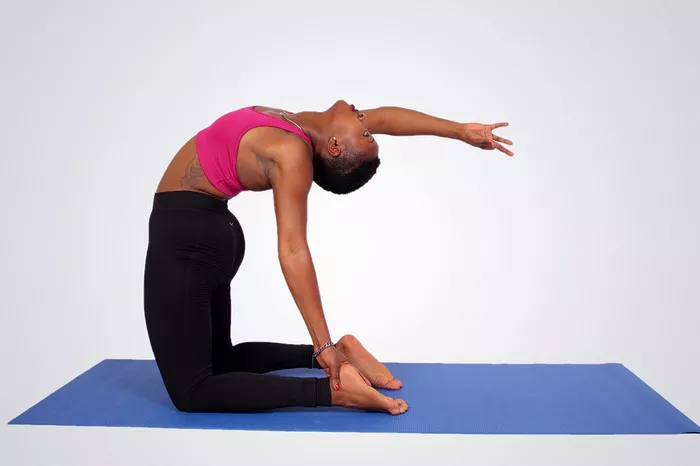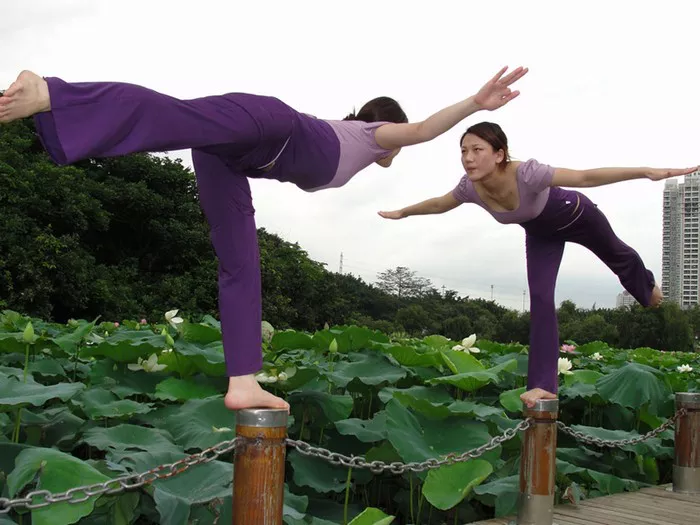Vedic Yoga, often referred to as the ancient precursor to contemporary yoga practices, finds its origins in the Vedas, the oldest known scriptures of Hinduism, dating back over 5000 years. The term “Vedic” derives from “Veda,” which means knowledge or wisdom. The Vedas encompass a vast body of spiritual and philosophical teachings that form the bedrock of Hindu culture and spirituality. Vedic Yoga, therefore, is not merely a physical exercise regimen but a profound spiritual practice aimed at holistic development—mind, body, and spirit.
The Philosophical Foundation
At the core of Vedic Yoga is the pursuit of self-realization and spiritual enlightenment. The Vedas are divided into four main texts: Rigveda, Samaveda, Yajurveda, and Atharvaveda. Each of these texts contains hymns, mantras, and rituals that guide practitioners toward a deeper understanding of the universe and their place within it.
The Rigveda, the oldest of the four, contains hymns praising the gods and seeking their blessings. The Samaveda focuses on musical chanting and the power of sound. The Yajurveda details the procedures for performing rituals, while the Atharvaveda includes spells and incantations for healing and protection.
The Practice of Vedic Yoga
Mantras and Meditation
Central to Vedic Yoga are mantras—sacred sounds or phrases chanted to invoke divine energies and aid in concentration. The most renowned mantra is the “Om,” considered the primordial sound of the universe. Chanting Om is believed to harmonize the practitioner’s vibrations with those of the cosmos, promoting inner peace and unity with the divine.
Meditation, or “dhyana,” is another critical component. Unlike contemporary mindfulness practices that focus on present-moment awareness, Vedic meditation often involves focusing on a specific deity, mantra, or visualization. This practice aims to transcend the ordinary mind and connect with higher consciousness.
Rituals and Ceremonies
Rituals play a significant role in Vedic Yoga, serving as a means to connect with the divine and the natural world. These rituals, or “yajnas,” involve offerings to the gods, typically conducted with the guidance of a priest. Fire ceremonies, where offerings are made into a sacred fire, are particularly important. These rituals are believed to purify the participants and their surroundings, bringing about spiritual merit and divine blessings.
Physical Postures and Breathing
While physical postures, or “asanas,” are central to modern yoga, their role in Vedic Yoga is more supportive than primary. Asanas in Vedic Yoga are designed to prepare the body for prolonged meditation and rituals by promoting physical health and mental clarity. The emphasis is on stability and comfort, rather than the dynamic sequences seen in contemporary yoga styles.
Breathing techniques, or “pranayama,” are also vital. Controlled breathing regulates the flow of “prana” or life energy within the body. Practices such as alternate nostril breathing (Nadi Shodhana) and breath retention (Kumbhaka) are used to balance the mind and energize the body.
The Spiritual Goals of Vedic Yoga
Self-Realization and Enlightenment
The ultimate goal of Vedic Yoga is “moksha,” or liberation from the cycle of birth and death. This state of enlightenment is achieved through self-realization—the understanding that one’s true self (Atman) is identical to the ultimate reality (Brahman). This realization dissolves the illusions of individuality and separateness, leading to a state of eternal bliss and unity with the cosmos.
Dharma and Karma
Vedic Yoga also emphasizes living in accordance with “dharma” (righteous duty) and understanding the law of “karma” (cause and effect). Practitioners strive to live ethically, performing their duties without attachment to the outcomes, thus purifying their karma and progressing on the spiritual path.
Vedic Yoga and Modern Yoga
Contrasts and Commonalities
While modern yoga, particularly in the West, often focuses on physical fitness, flexibility, and stress relief, Vedic Yoga encompasses a broader spectrum of practices aimed at spiritual growth. Modern yoga styles like Hatha, Vinyasa, and Ashtanga primarily emphasize physical postures and breath control. In contrast, Vedic Yoga integrates these aspects into a wider context of spiritual rituals, meditation, and philosophical inquiry.
However, there are commonalities. Both Vedic and modern yoga recognize the importance of the mind-body connection and the role of breath in controlling the mind. Many modern practitioners are increasingly exploring the spiritual dimensions of yoga, incorporating elements such as meditation and mantra chanting into their practice.
Integration in Contemporary Practice
In recent years, there has been a resurgence of interest in the traditional aspects of yoga. Teachers and practitioners are seeking to rediscover the spiritual and philosophical roots of their practice. This has led to a growing movement that integrates the physical postures of modern yoga with the meditative and ritualistic practices of Vedic Yoga.
Workshops, retreats, and teacher training programs now often include sessions on Vedic chanting, fire ceremonies, and in-depth studies of the Vedas. This holistic approach offers practitioners a more profound understanding of yoga as a path to spiritual awakening rather than just a physical exercise.
The Scientific Perspective
Health Benefits
Modern science has begun to validate many of the health benefits associated with Vedic Yoga practices. Research has shown that meditation and mantra chanting can reduce stress, lower blood pressure, and enhance cognitive function. Breathing exercises have been found to improve lung capacity and reduce symptoms of anxiety and depression.
Psychological Well-Being
The psychological benefits are equally significant. Regular practice of meditation and mindfulness can lead to increased emotional resilience, improved focus, and a greater sense of well-being. The ritualistic aspects of Vedic Yoga can also provide a sense of purpose and community, contributing to overall mental health.
Integrative Medicine
The holistic approach of Vedic Yoga aligns well with principles of integrative medicine, which combines conventional medical treatments with alternative practices to treat the whole person. By addressing physical, mental, and spiritual health, Vedic Yoga offers a comprehensive approach to well-being that can complement traditional medical care.
Conclusion
Vedic Yoga is a timeless practice that offers profound insights and tools for holistic development. Rooted in the ancient wisdom of the Vedas, it provides a comprehensive path to self-realization and spiritual enlightenment. While modern yoga often emphasizes the physical aspects, the resurgence of interest in Vedic traditions is helping to restore the balance, highlighting the importance of meditation, rituals, and ethical living.
For those seeking a deeper understanding of yoga beyond the mat, Vedic Yoga offers a rich tapestry of practices that can transform the practitioner’s life. By integrating the physical, mental, and spiritual dimensions, Vedic Yoga remains a powerful tool for achieving harmony and well-being in the modern world.




















